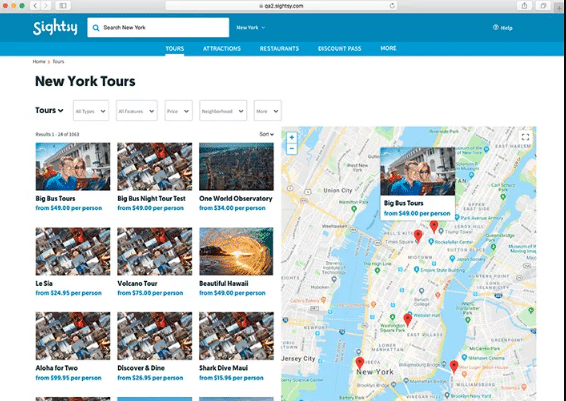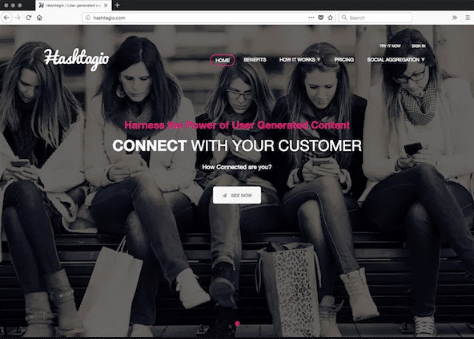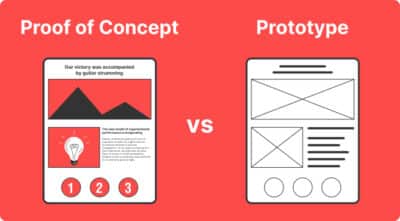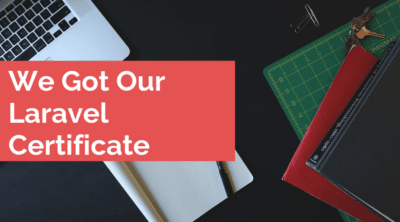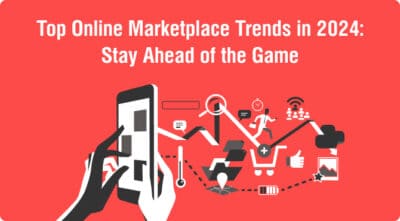SaaS Software Development in 2024: A – Z Guide


The popularity of SaaS software delivery model has skyrocketed in recent years, with a significant increase in the number of users. It is projected that the market value of SaaS will reach US$ 234 billion by 2028, driven by the growing trend of digitalization and the increasing preference for SaaS products and private cloud services.
SaaS has gained popularity among users due to its affordability, flexible pricing models, and personalized and automated services.
The purpose of this post is to offer insights into some of the most notable SaaS app examples and detailed instructions on how to create SaaS software. Yet, it is essential to comprehend the basics that set SaaS software apart from conventional software models before diving into the steps of developing SaaS software.
What Is A SaaS Platform?Although the concept of software as a service has been around since the 1960s, the first SaaS applications were not developed until the beginning of the 21st century.
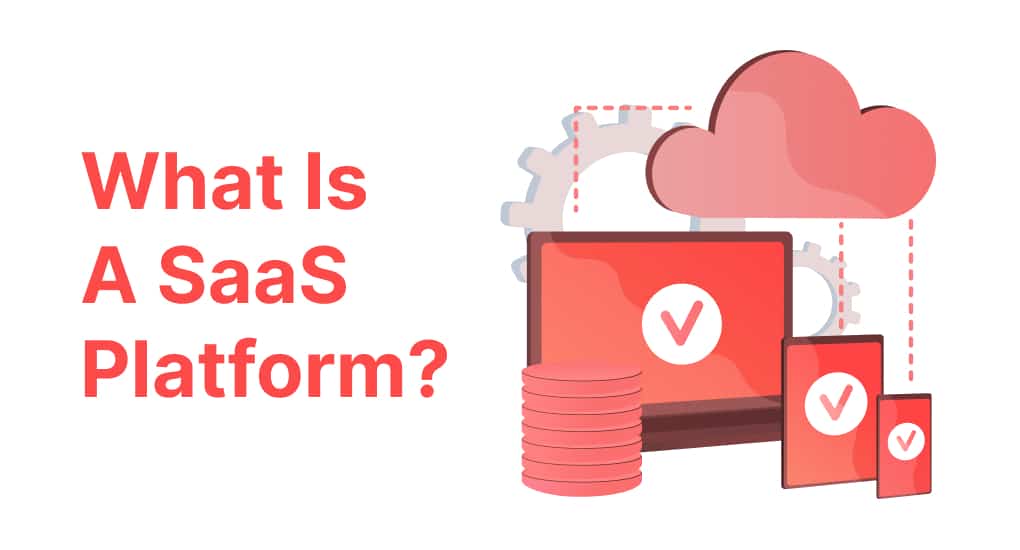
SaaS, which stands for software as a service, is a software delivery model where users can access software on a monthly, quarterly, or yearly basis instead of purchasing a license. However, the difference between SaaS and traditional applications extends beyond pricing.
A SaaS application can be accessed through a web browser or mobile device without needing to install it on a computer.
Essentially, this means that as long as you have an internet connection, you can access SaaS software from anywhere in the world. It also means that users can utilize the application while developers work on updates from a development standpoint.
SaaS applications are highly accessible because they are cloud-based products and services. Cloud computing is a subset of SaaS, and many SaaS software applications are created and delivered wholly on the cloud. It’s important to remember that not all SaaS solutions are cloud-based, though. Some are created on local terminals before being distributed to a server in the cloud.
What are The Advantages of SaaS Software?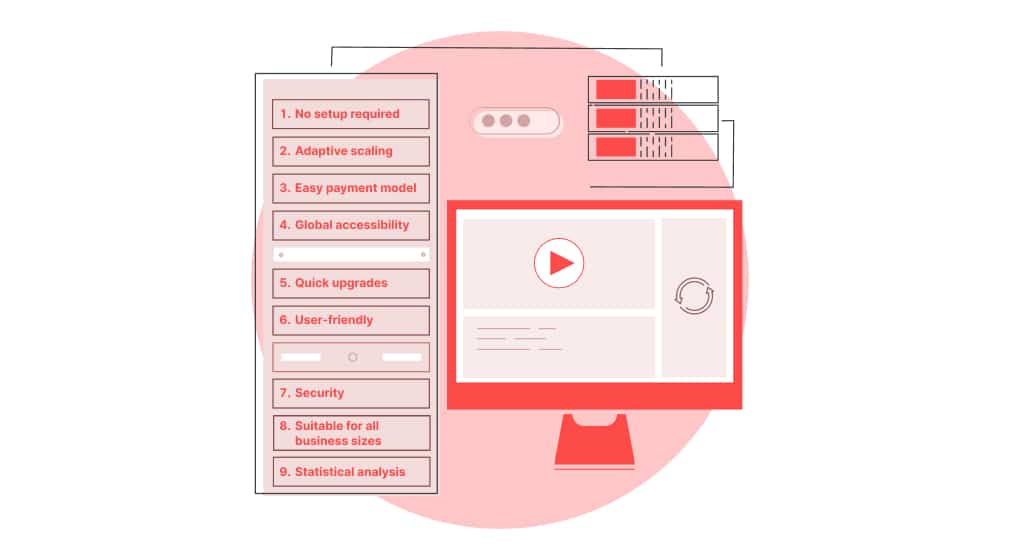
SaaS software is becoming increasingly popular and is surpassing traditional software for several reasons. Here are some benefits of using SaaS applications for businesses and organizations:
1. No Setup Required
Using traditional software on local terminals requires setting up a system to function properly. Additionally, the business’s infrastructure must be capable of supporting the software’s specific model. If workloads increase, additional network, processing, and storage resources may be required.
On the other hand, SaaS apps are less resource-intensive and do not require configuration or setup.
2. Adaptive Scaling
Cloud infrastructure can expand as needed to support more users. SaaS software that is cloud-based can quickly grow to meet the company’s demands. Even though cloud prices may rise, expensive infrastructure improvements are not necessary. This contributes to the cost-effectiveness of SaaS.
3. Easy Payment Model
Traditional software requires an enterprise software license, which can be costly and typically falls under the capital expenditures (CAPEX) category.
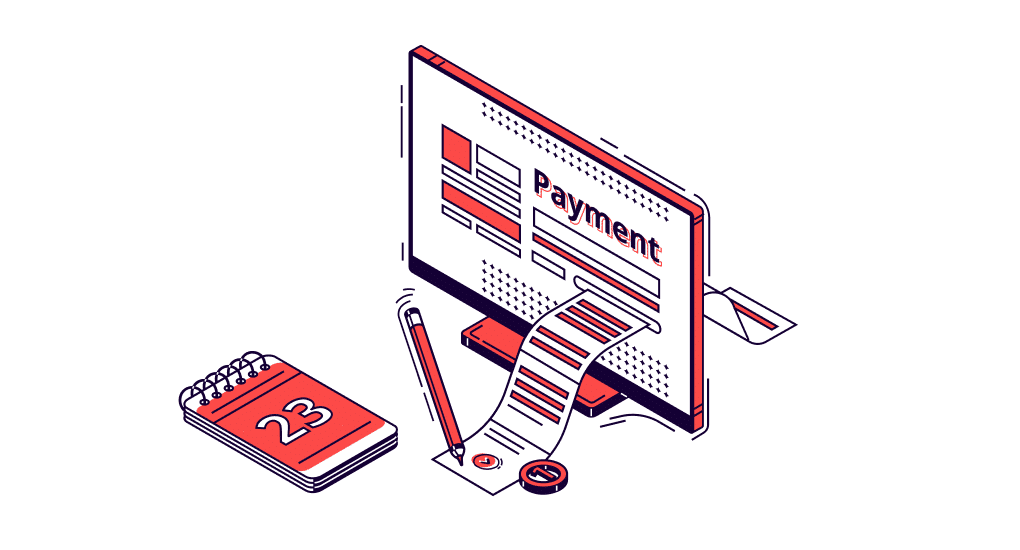
SaaS platforms have monthly costs that are operational expenses (OPEX) and do not place significant financial pressure on businesses. Users can decide when to stop using the app, and they only need to stop paying the monthly fees.
4. Global Accessibility
SaaS software operates in a cloud environment, so users are no longer limited to their workplace PCs. Users can access the software from any device, anywhere, at any time. Work-from-home approaches will always have a place, and SaaS apps can be conveniently accessed from anywhere. Unlike traditional applications that are limited to one workstation, SaaS software can be accessed through multiple devices.
5. Quick Upgrades
Traditional software upgrades often involve purchasing and installing an upgrade package. SaaS software has a significant advantage in constant innovation and development. All the latest application changes are immediately available to clients.
6. User-Friendly
SaaS providers typically offer a free trial period during which users can explore all the features and functionalities of the software before committing to a subscription. This approach provides users with an experience of the software, allowing them to fully test the product and ensure it meets their needs before making a purchase.
This approach has several benefits. First, users can test the software without any upfront costs. This is particularly helpful for businesses that are looking to explore new software solutions without incurring additional expenses.
Second, users can fully evaluate the software before committing to a purchase, ensuring that they are getting the best value for their money. Finally, users can ensure that the software meets their specific needs and requirements, reducing the risk of investing in a product that ultimately doesn’t meet their needs.
7. Security
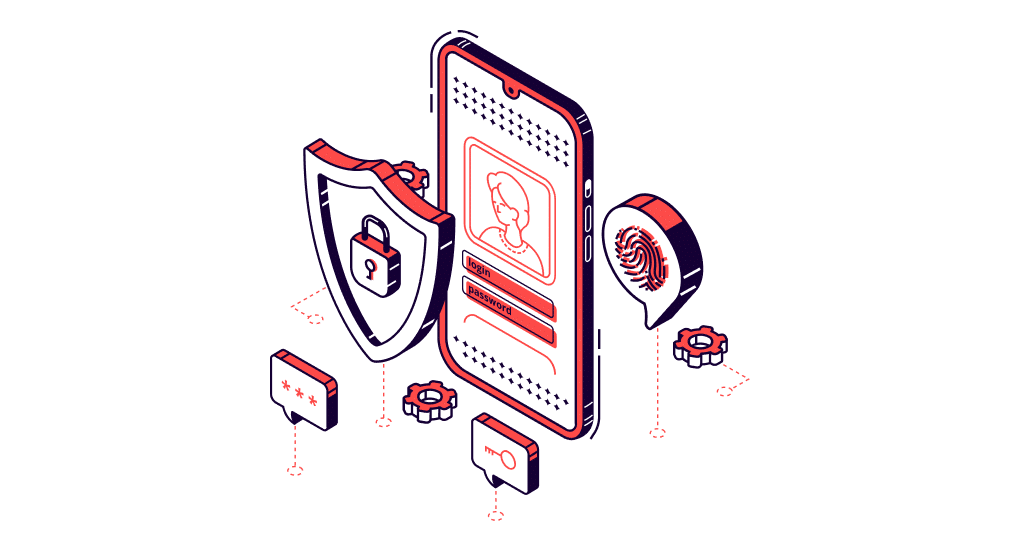
During the development of SaaS software, security concerns receive extra attention. SaaS platforms are shared by several tenants, and user data privacy is a top priority. SaaS programs need to be protected against illegal use and cyberattacks, so multiple-factor authentication is essential.
8. Suitable For All Business Sizes
SaaS programs are flexible for enterprises of all sizes. Any consumer or organization, regardless of size or industry specialty, can use SaaS software/program. Software such as G Suite and Dropbox does not cater to any one market, and anyone can use them.
9. Statistical Analysis
Every company must evaluate its operations and performance to determine what can be improved and what needs special attention. SaaS software collects relevant data and analyzes it to provide users with valuable insights.
Types of SaaS Software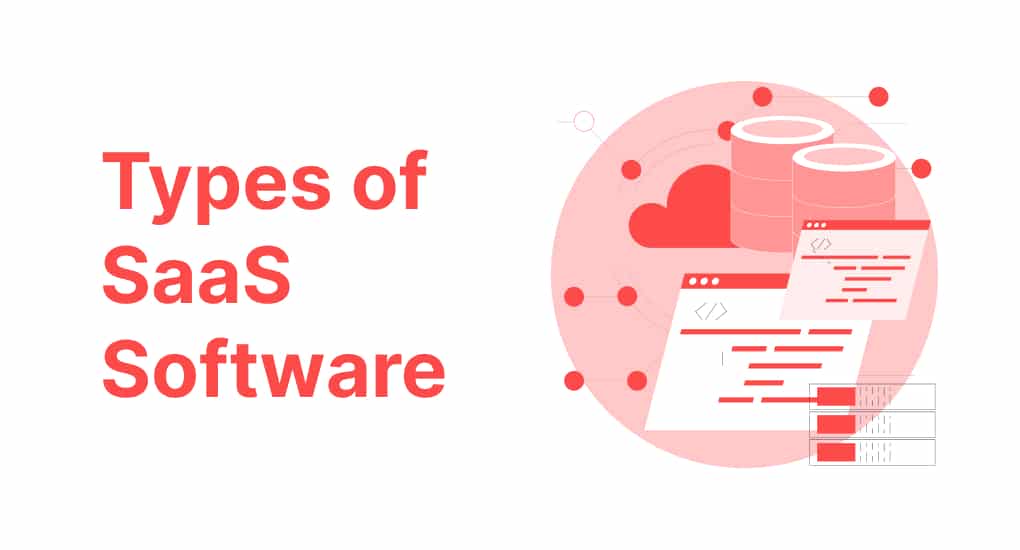
SaaS software can be categorized into various subcategories, some of which are listed below:
1. Customer Relationship Management (CRM) Software
SaaS solutions for building and managing customer relationships, estimating sales, handling leads and marketing campaigns, and providing analytics and dashboards for sales activity. Examples of popular SaaS CRM software include Salesforce and Hubspot.
2. Project Management Software
Cloud-based project management tools like Asana, Jira, and Trello are excellent tools for managing projects and workflows, especially in the age of remote work.
3. eCommerce Software
SaaS software for managing online retailers, such as Shopify, which provides connectors for payment systems, chain management, and everything else needed to design and run an e-commerce website.
4. Enterprise-Grade Resource Planning (ERP) Software
Complex data analytics tools are included in modern cloud-based ERP systems, which assist businesses in processing enormous volumes of data. Examples include Oracle ERP Cloud.
5. SaaS-Based Collaboration Tools
SaaS technologies for remote collaboration are increasingly popular, with tools like Miro and Zoom helping distributed and remote teams organize effective communication, share files and documents, and conduct video conversations.
6. Marketing Software
SaaS software like Hootsuite assist marketers in evaluating and enhancing their promotional strategies by managing publications and communication on various platforms.
7. Human Resource Management (HRM) Software
SaaS tools aid in managing data on potential workers, managing job postings, tracking and evaluating employee engagement and performance, and handling pay processes. Examples include BambooHR.
8. Vertical SaaS Software
Vertical SaaS apps are specialized and aid market participants in a particular sector or market segment. Examples include Procore, a project management tool for the construction sector.
Looking to Develop a SaaS Software From Scratch?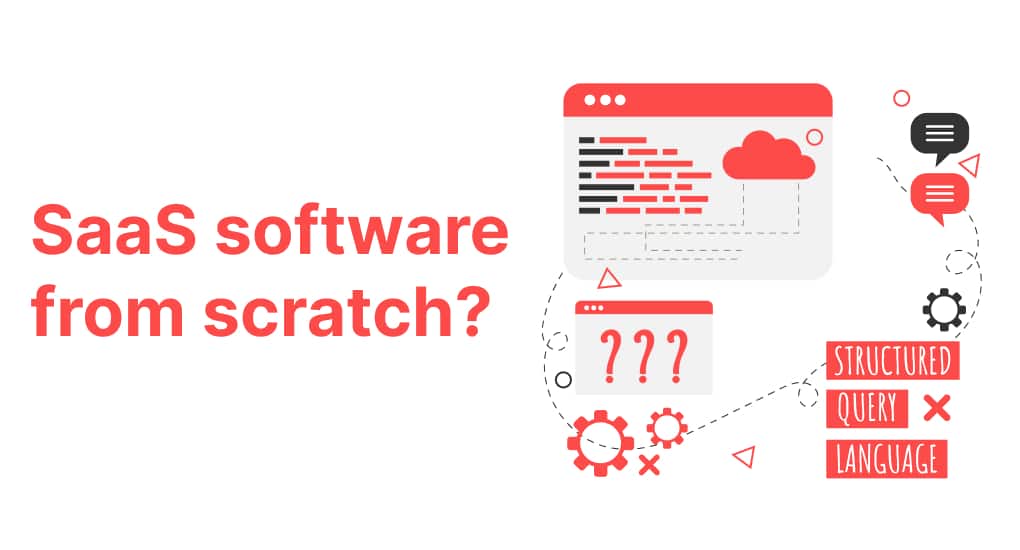
With thousands of SaaS mobile apps already launched on app stores, it’s essential to know how to stand out. Here are some steps you can follow:
1. Conduct Market and Competitor Analysis
To create a cutting-edge SaaS app, it’s important to stay up-to-date with the latest technology trends, such as AI and machine learning. Conduct a thorough analysis of your target niche and prioritize their wants and needs. Additionally, researching and analyzing existing applications in the market can help you identify your competitors and their weaknesses, allowing you to better serve your clients.
2. Choose a Suitable App Monetization Model
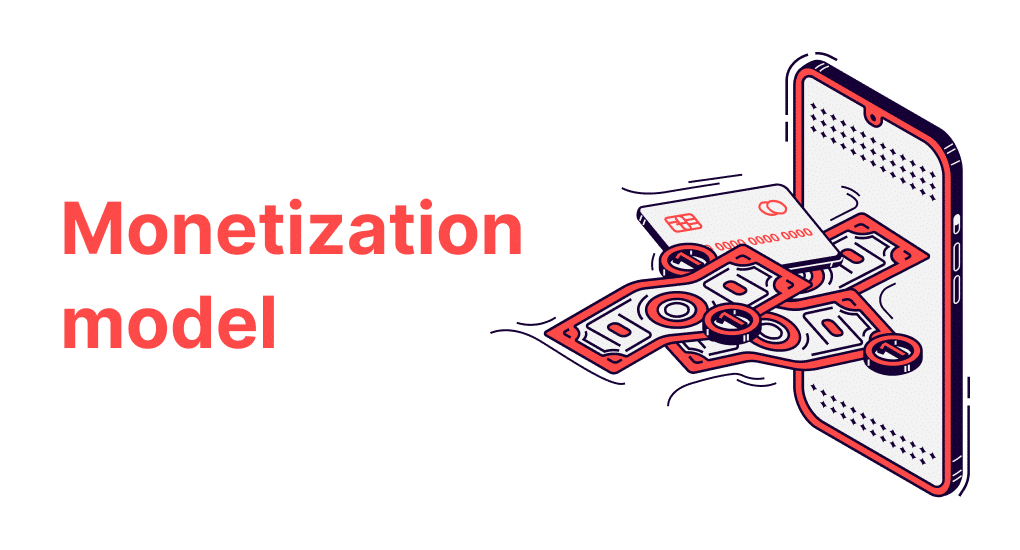
Before starting the app development process, it’s important to decide on a monetization model. This decision will ultimately determine the design and functionality of your app. Understanding your target market and their spending habits can help you determine which model is best suited for your app. Consider the following popular SaaS monetization models:
Freemium Model: Offer a free version of your app with limited features, and charge users for access to premium features.
Transaction Charges: Charge a commission or transaction fee each time your app is used to generate revenue.
In-App Advertising: Offer free access to your app in exchange for users watching advertisements. You’ll earn revenue through ad clicks and views.
Subscription Model: Offer a free trial period followed by the option to purchase a monthly, quarterly, or yearly subscription. This model is effective for highly specialized apps that offer specific commercial benefits.
Keep in mind that you can also generate income through user data collected by your app.
3. Security and Reliability
Although adopting SaaS can bring benefits to companies, it also brings concerns about dependability and security. SaaS programs operate in the cloud, which distinguishes them from traditional apps. Therefore, it’s crucial to choose a trustworthy cloud hosting provider.
Most reputable cloud service companies, such as AWS, prioritize protecting their customers’ data. They ensure the accuracy of the data stored in their data centers and implement the highest security measures.
Another common issue in cloud services is multi-tenancy. When multiple users access the same app, certain requirements are imposed on SaaS app development. Regardless, it’s essential to secure and back up the data and use the best system architecture for your specific type of SaaS service.
4. Integration With Other Applications
SaaS apps should seamlessly integrate with other organizational tools and applications since they’re designed for business contexts.
Additionally, they should provide open application programming interfaces (APIs) that allow third-party developers to quickly access the software code and modify it to combine with other programs. When selecting an open API design, it’s crucial to ensure dependability and security, as any issues with the API can impact your SaaS application.
5. Choose a Technology Stack
To build strong and efficient SaaS apps, it’s important to choose the right technology stack for the application frontend and backend, storage database, and application server. Here are some points to consider:
- Most SaaS software use Javascript frameworks such as Node, React, and Angular, as well as front-end languages like HTML and CSS.
- Software developers commonly use languages such as Ruby, Python, and JavaScript, as well as the appropriate frameworks for the server side.
- SaaS developers usually use databases like MySQL, MongoDB, or PostgreSQL for the backend.
- Nginx is a frequently used server for SaaS software.
The size of the project, the state of technology, and linkages with other applications are the main factors to consider when selecting the tech stack.
6. Creating an MVP
An MVP, or minimum viable product, is a trial version of your SaaS software that includes the most important features. It serves as a proof-of-concept and gives stakeholders and users a sneak peek into the progress of your project.
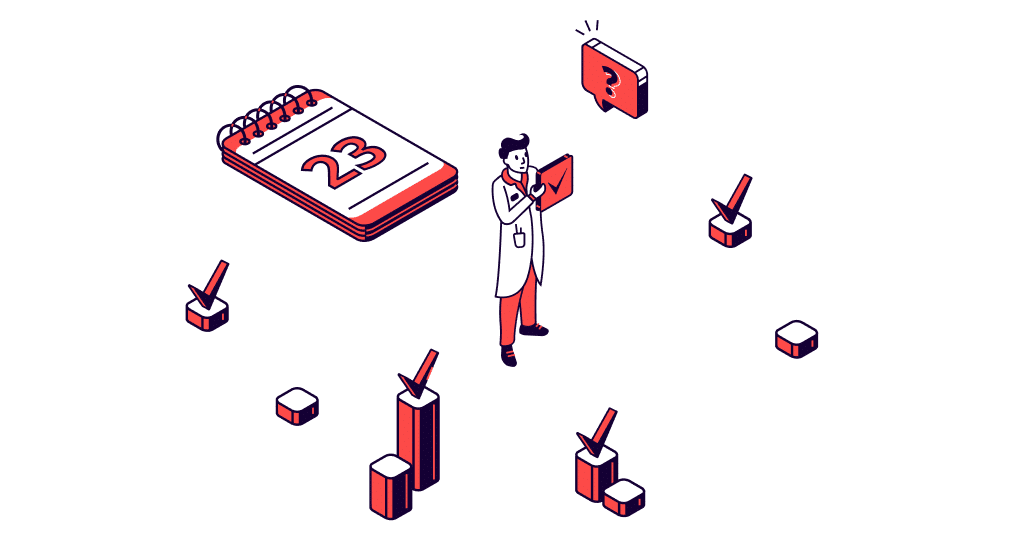
Since an MVP is developed with a limited budget, it allows you to assess the market’s response to your product without incurring significant costs. Moreover, at this stage of the product development cycle, you have the flexibility to adjust your development strategy or technology stack if needed.
You can find more about A2 Design MVP Development Services
And you can learn more about MVP, its purposes and peculiarities in our articles:
How to Build an MVP for a SaaS Startup
How to Build Online Marketplace MVP
7. Beginning the Development Process
To ensure that you and the development team share the same understanding of the product’s features and requirements, maintain close communication throughout the development process and review each update. Use an agile methodology to achieve a quick time-to-value, continuous testing, and development.
In addition, starting a marketing campaign early can help you build a base of loyal users who eagerly anticipate the launch of your SaaS app, thereby boosting productivity in advance.
Ready to launch your SaaS startup?
Contact Us8. Beta Testing, Launch, and Management
Beta testing and production server testing by the QA team must be completed before your app can be considered ready for deployment. User-acceptance testing with early adopters/users, including some of your team members, can assist you in gauging the market’s response to your app.
When creating SaaS software, you agree to continuously update and maintain it. All app updates and 24/7 technical support should be readily available to users who have downloaded and installed your app on their devices.
Your SaaS Application Development PartnerWhen hiring a SaaS development company, make sure they have the experience and expertise needed to handle your project.
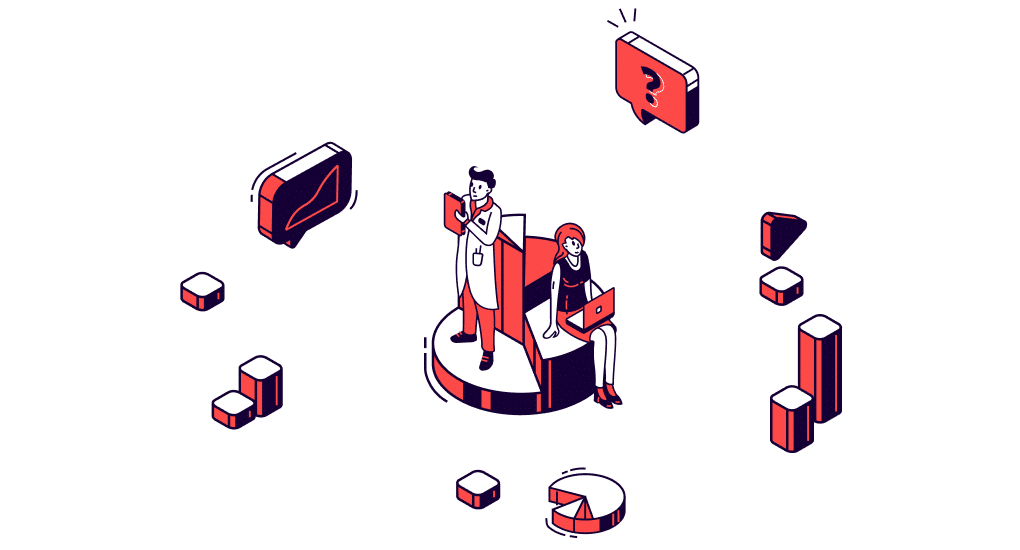
A2 Design is an outsourcing vendor with eight years of SaaS development experience. Our clients include high-growth companies from around the world— such as:
SightSy
Sightsy, a US-based startup specializing in tours and activities, offers tools to help visitors seamlessly research, discover, and enjoy their city’s offerings. Leveraging data and machine learning, the platform provides personalized recommendations, saving users time on research and enhancing their city experiences.
Fully mobile-compatible, Sightsy allows users to access deals and services conveniently via their phones, eliminating the need for printed tickets, vouchers, or invoices.
Hashtagio
Hashtagio, a SaaS platform that allows businesses and individuals to create social hubs in minutes. Engaging audiences is made simple through three straightforward steps: aggregating social media channels, showcasing desired content on websites, and capturing customer attention.
Contact our team of SaaS software developers whenever you decide to add your name to the list.
Our team will be happy to help you build a SaaS application that is powerful, attractive, and secure—and also easily scalable.
There are several significant distinctions between SaaS programs and traditional software, such as more affordable subscription fees, increased accessibility and availability, and 24/7 technical support, among others.
Nevertheless, developing SaaS software is not a simple task. Apart from selecting a reliable cloud provider and determining the most suitable app design and technology stack, recruiting competent IT personnel at a reasonable cost can be exceedingly challenging. Building robust SaaS software necessitates a significant amount of time to assemble an experienced team of developers and IT professionals.

- How to Build an MVP for a SaaS Startup
- 7 Practical Tips to Build an MVP for a SaaS Startup
- SDaaS: What is Software Development as a Service? Comprehensive Guide
- A Comprehensive Guide to Pet Care App Development in 2024 [Paws and Pixels]
- How to Build Aggregator Website in 2024 [A Step-By-Step Process]
- How to Develop an On-Demand Dog Walking App in 2024?
